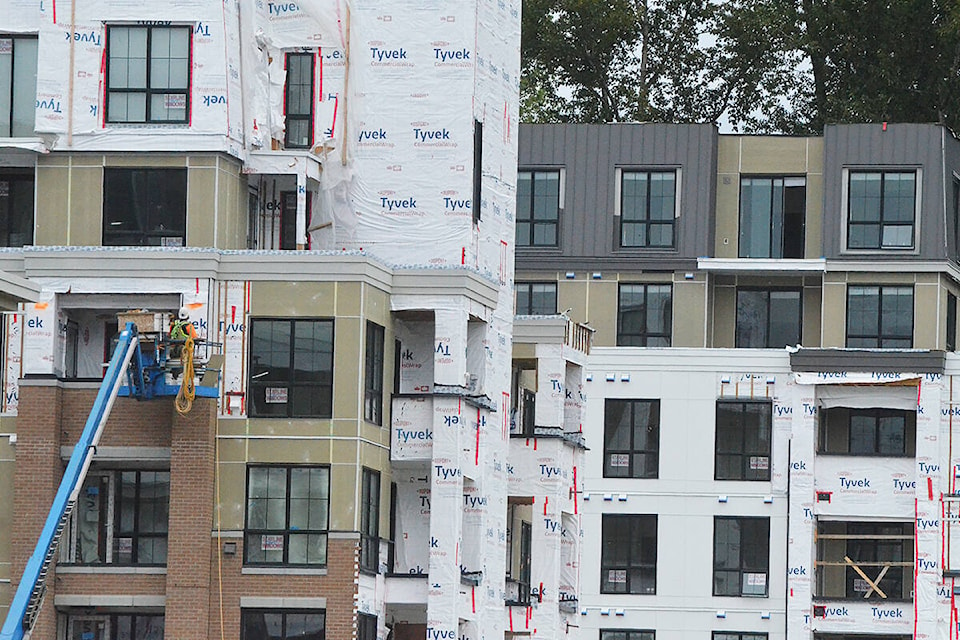Langley Township’s new Housing Action Plan contains ideas big and small for changing how Langley builds homes, aimed at making housing more affordable and combating homelessness.
The new plan came before council on Nov. 1, but council voted to hear a public presentation from staff before deciding whether or not to endorse it.
If approved, the plan could see larger apartments, more duplexes and infill, and requirements for more low-income housing in some developments.
The current Township housing plan was developed in 2013, and the Lower Mainland and Langley have gone through many changes in housing supply and cost since then.
The report notes that the Township’s population is believed to have passed 128,000 people as of 2020, a nine per cent increase over the 117,300 counted in 2016.
While Langley Township has long been associated with single-family homes, only 10 per cent of new housing units created last year were detached houses. Multi-family housing, either townhouses, condos, or duplexes, were 78 per cent of homes built. Another 11 per cent were secondary suites, and two per cent were manufactured homes.
Although there has been a lot of new construction, housing costs are going up faster than household income.
Between 2010 and 2020, household income went up by 10 per cent in the Township, according to the report.
Meanwhile, rent has gone up 78 per cent, the cost of buying an apartment rose 70 per cent, the cost of a townhouse was up 84 per cent, and the cost of a single family house went up a whopping 127 per cent.
READ MORE: Few homes for sale in Langley as house prices hover near $1.4 million
One in ten households in the Township are in a state of “core housing need,” which means their housing is unsuitable, inadequate, or unaffordable. Single-parent households and lone individuals were most likely to be in core housing need. Renters, immigrants, and Indigenous Canadians were all over represented in that category.
To tackle these issues, the plan proposes a number of policy changes.
Among them are a requirement for new apartment complexes to include a certain proportion of units with three or more bedrooms, which would make them more suitable for families. Another policy proposal is to encourage more rental and long-term supportive housing, such as for seniors, in all urban areas.
There is also a recommendation to look at allowing infill development in some areas, as well as considering allowing the construction of duplexes on existing single-family lots in urban areas. That policy could allow some increased density in existing neighbourhoods, without fully redeveloping into townhouses or condos.
Incentivizing rental housing in general is a major plank of the plan, including incentives for both market and subsidized rental housing.
That could include a policy to allow detached secondary suites in some areas, similar to Vancouver’s experiments with lane-way houses. Secondary suites might also be allowed in townhouses or duplexes.
To support people who are vulnerable to homelessness, the Township would work with BC Housing and non-profits,and create a local “homelessness table” to strengthen collaboration on the issue.
Because the changes are policy-driven, implementing them requires less than $35,000, according to the report.
The report recommends the changes be phased in over the next five years.
Have a story tip? Email: matthew.claxton@langleyadvancetimes.com
Like us on Facebook and follow us on Twitter.
